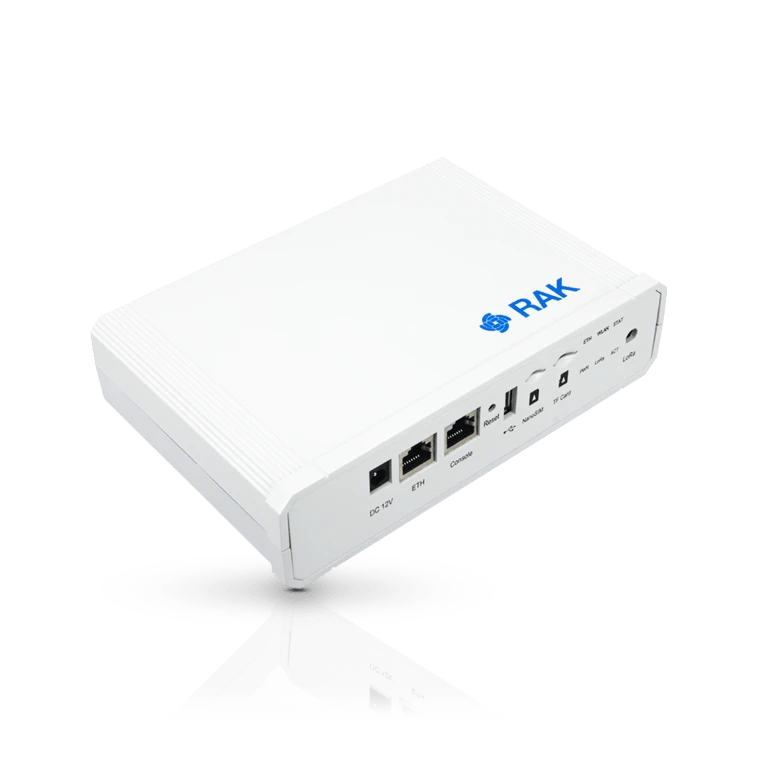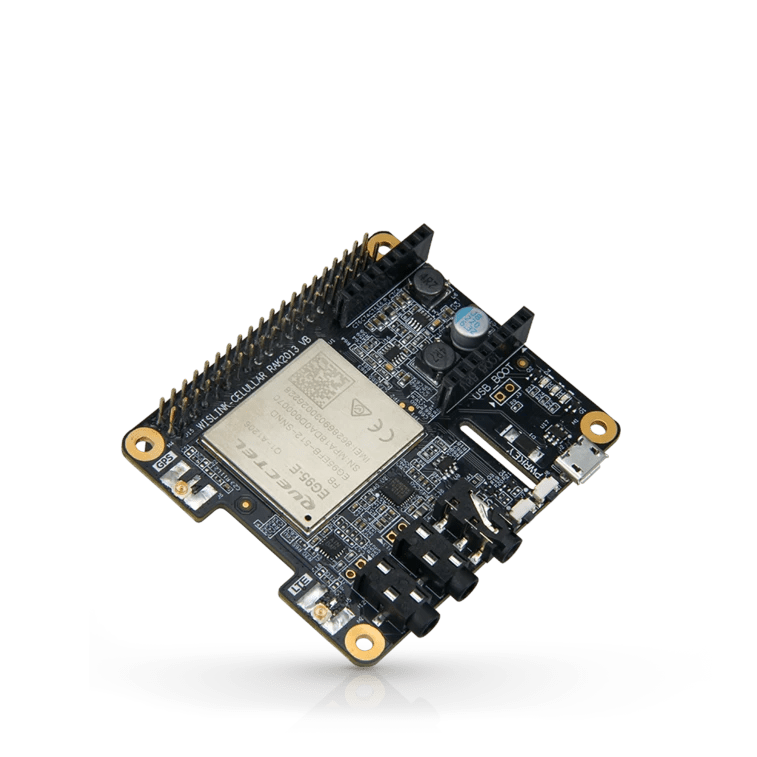DEVELOPMENT OF IOT SOLUTIONS USING NB-IOT AND LORAWAN TECHNOLOGIES
NarrowBand Internet of Things (NB-IoT) data transfer technology for the Internet of Things (IoT) service networks. This energy-efficient Low Power Wide Area Network (LPWAN) technology allows devices to be in operation for months or years using a single battery. The specification NB-IoT is set in the 3GPP Release 13 (LTE Advanced Pro) standard in June 2016. The main purpose of NB-IoT technology is high-quality indoor technology. It uses the LTE standard but is limited to a frequency of 200 kHz. Downlink uses OFDM modulation for SC-FDMA uplink. According to the statistics of March 2019, 100 operators launched NB-IoT or LTE-M networks successfully.
| Specifications | NB-IoT | |
| LTE Cat NB1 | LTE Cat NB2 | |
| 3GPP Release | Release 13 | Release 14 |
| DownLink Peak Rate | 26 kbit/s | 127 kbit/s |
| Uplink Peak Rate | 66 kbit/s (multi-tone)16.9 kbit/s (single tone) | 159 kbit/s |
| Latency | 1,6-10 s | |
| Number of antennas | 1 | 1 |
| Duplex mode | Half-duplex | Half-duplex |
| Device Receive Bandwidth | 180 kHZ | 180 kHZ |
| Receiver Chains | 1 (SISO) | 1 (SISO) |
| Device Transmit Power | 20/23 dBm | 14 / 20 / 23 dBm |
As of April 2019, according to the latest data provided by GSA (Global Mobile Suppliers Association), 210 devices that support Cat-NB1/NB2 or Cat-M1 standards have been registered.
LORA is the fastest-growing standard for data transmission It is the most energy-efficient solution for modern networks and IoT devices. The LORA alliance includes more than 500 companies. The obvious advantage of LoRaWAN networks is the use of non-licensed frequencies.
Any willing client can deploy the LORAWAN network himself and use it to service IoT devices. The frequency range of LoRa networks is set and described in the RU 864-870 section. It is regulated by the decision of the State Committee of Radio Frequencies in Russia dated the 7th May 2007, No. 07-20-03-001. It is important to note that the Ministry of Communications has restricted the frequency of the 864-866 Mhz range. According to the official documentation, the 864-866 Mhz range is applicable for 0.1% devices or LBT items (listen-before-talk). The frequency range of 868.7-869.2 Mhz obtains no time restrictions for the on-air LORA devices if their power specifications are up to 25 mW.
What to choose – LoRaWAN or NB-IoT?
It is worth noting that for IoT applications that require frequent communication it is better to use NB-IoT. This technology does not have restrictions on the work cycle. NB-IoT operates in the license range LTE which is owned by cellular operators, so the access fee is required. In this case, LoRa is cheaper if the custom LORAWAN network is deployed.
Technical comparison of NB-IoT and LORA technologies is presented below:
| Specifications | LoRaWAN | NB-IoT |
| Band of frequencies | 125 kHz | 180 kHz |
| MCL | 165 dB | 164dB |
| The average operating term with the battery charge | Up to 15 years | Up to 10 years |
| Communication capacity | 50 kB/s | 60 kb/s |
| Latency | менее 10 s | |
| Encyphering | AES 128 bit | 3GPP 128 – 256 bit |
| The infrastructure price for clients | High cost | Middle cost |
| Maintenance pricing plan | Low cost | Middle cost |
Benefits of LORA and NB-IoT for Applications:


.


.



